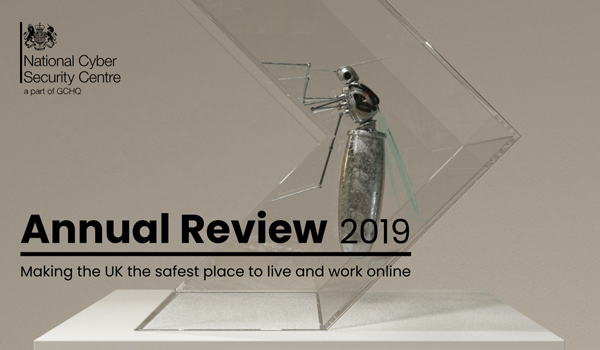EU project to build lie detector for social media
A new system is being developed that will automatically verify online rumours. The lie detector will be the first of its kind to use automated techniques to analyse, in real-time, whether a piece of information on social media is true or false

This will allow the emergency services, public and private sector agencies, government and journalists to respond more effectively to claims made on social media.
The system is being built by an international group of researchers, led by the University of Sheffield, who say it would have proved invaluable in verifying online rumours during the London riots. It will combine Big Data analytics with advanced linguistic and visual methods.
In this digital age, rumours both true and false travel fast, often with far-reaching consequences. For example, a study of social media during the Boston bombing of 2013 concluded that 29 per cent of the most viral content were rumours.
Social networks have been used to spread all kinds of rumours, from accusations of vote-rigging in Kenyan elections, alleging that Barack Obama was Muslim and claiming that the London Eye had been set on fire and animals set free from London Zoo during the 2011 riots. In all of these cases and many more an ability to quickly verify information and track its provenance would enable emergency services, government, health agencies, media and the private sector to respond more effectively.
Lead researcher, Dr Kalina Bontcheva, from the Department of Computer Science in the University of Sheffields Faculty of Engineering, explains: There was a suggestion after the 2011 riots that social networks should have been shut down to prevent the rioters using them to organise [themselves]. But social networks also provide useful information the problem is that it all happens so fast and we cant quickly sort truth from lies. This makes it difficult to respond to rumours, for example, for the emergency services to quash a lie in order to keep a situation calm. Our system aims to help with that by tracking and verifying information in real-time.
The £3.5 million EU-funded Pheme project named after Pheme, the goddess of rumour, report and gossip in Greek mythology aims to classify online rumours into four types: speculation, such as whether interest rates might rise; controversy, such as over the MMR vaccine; misinformation, where something untrue is spread unwittingly; and disinformation, where it is done with malicious intent.
The system will also automatically categorise sources to assess their authority, such as news outlets, individual journalists, experts, potential eye witnesses, members of the public or automated bots (such as web crawlers used by search engines). It will also look for a history and background, to help spot where Twitter accounts have been created purely to spread false information.
It will search for sources that corroborate or deny the information and plot how the conversations on social networks evolve, using all of this information to assess whether it is true or false. The results will be displayed to the user in a visual dashboard, to enable them to easily see whether a rumour is taking hold.
Dr Bontcheva adds: We can already handle many of the challenges involved, such as the sheer volume of information in social networks, the speed at which it appears and the variety of forms, from tweets, to videos, pictures and blog posts. But its currently not possible to automatically analyse, in real-time, whether a piece of information is true or false and this is what weve now set out to achieve.
The three-year project is a collaboration between five universities Sheffield, Warwick, Kings College London, Saarland in Germany and MODUL University Vienna in Austria and four companies ATOS in Spain, iHub in Kenya, Ontotext in Bulgaria and swissinfo.ch
Following the riots, one of the project partners, Professor Rob Procter from the University of Warwick, worked with the London School of Economics and the Guardians interactive team to manually analyse the spread of rumours on Twitter during the 2011 riots. This took several months the Pheme system will aim to do something similar, but automatically and immediately.
Another of the project partners is the University of Sheffields D




